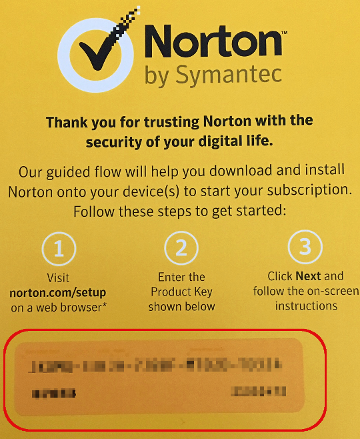

The technology that powers Norton protection for PC uses Reputation Protection (Insight) to analyze reputation data, a tool that uses the reputation information gathered from our global network to classify software application files. Protection for PCs starts at the network-level, with Intrusion Prevention working together with the Smart Firewall to analyze network traffic and help block potential online threats before they get on your computer. Today, the antivirus protection in Norton solutions uses advanced machine learning and emulation to determine whether files are good or bad, but Norton device security also has more ways to help protect your computer beyond antivirus.
#NORTON ANTIVIRUS SUPPORT NUMBER WINDOWS#
Norton was one of the first antivirus solutions for Windows computers, and we’ve been innovating for decades to develop new ways to help protect PCs.


Your smartphone battery drains quickly, or shows call/text messages you didn’t send.Friends tell you they got a suspicious email from you that you definitely didn’t send.Pop-up windows appear when you’re surfing.While many types of malware try to remain unseen, in addition to keeping up-to-date security software on your device, you can be on the lookout for some red flags that might indicate a malware infection: This is why it’s so important to have antivirus software that recognizes and helps remove malicious software. Malware that you might not realize is on your device could be capturing data as you log into online accounts, finding valuable personal information stored on your device, or even turning on your webcam without your permission. Just as different types of software perform different functions, so different types of malware can perform different jobs, whether they make themselves apparent or run on your device while hiding in the background. Unlike the old days, when malware like viruses often announced themselves by displaying messages or by giving your computer the “blue screen of death,” many types of malware today can hide without producing any tell-tale symptoms of an infection. Some types of malware “announce” themselves, while others can hide on your device


 0 kommentar(er)
0 kommentar(er)
